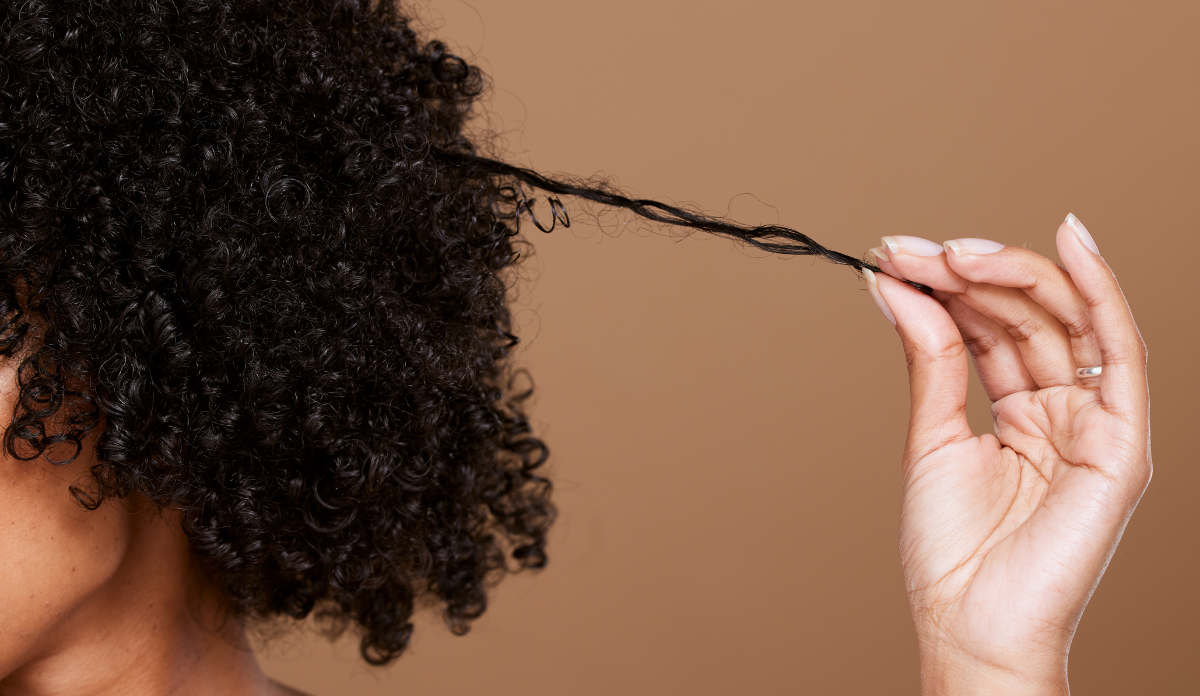Most likely, you have shampoo, conditioner, and even hair gel in your bathroom right now. These and other personal care products are staples in nearly every American household. However, you might not know that these often contain toxic endocrine-disrupting chemicals (EDC), including phthalates and parabens. Repeated exposure to these chemicals can disrupt the body’s natural hormone production, which can lead to health concerns including endometriosis, thyroid problems, and cancer.
Past studies have found Black women face disparities in chemical exposure as they are reported to have increased use of hair relaxers, hair oils, pomades, and leave-in creams, compared to women in other racial groups. This means that the use of care products containing hormones and other EDCs is likely increased among women and children of color. Despite the well-documented racial and ethnic differences in exposure to these dangerous chemicals, there is little research on disparities due to neighborhood-level socioeconomic factors.
Researcher Marissa Chan and colleagues investigated the safety of hair products across socio-demographically diverse neighborhoods in Boston. The researchers evaluated products in 50 stores across eight Boston neighborhoods, chosen based on racial and ethnic composition and poverty level. These stores consisted of national retailers, including pharmacies like CVS, department stores such as Target, and beauty supply stores. Each product tested had the product’s hazard score identified using the EWG Skin Deep Cosmetics Database. This online consumer tool categorizes the safety of products based on their ingredients and potential for adverse health outcomes. The researchers only included products marketed to women and children as they are reported to use more hair products and have a higher exposure to EDCs than men.
They believe their findings may be driven by “retail redlining,” a practice that includes businesses providing more harmful products to health based on the demographic composition of the communities they serve.
Overall, they found retail stores with the highest risk of having hair products with high hazard scores were found in East Boston and Roxbury, largely low-income communities predominantly made up of Hispanic and Black residents. In addition, retailers in Roxbury were twice as likely to sell personal care products with higher concentrations of dangerous chemicals compared to stores in Beacon Hill, a high-income and predominantly White community.
Chan and colleagues note there are several possible reasons why stores that sell hair products with higher concentrations of EDCs are commonly found in low-income communities of color. They believe their findings may be driven by “retail redlining,” a practice that includes businesses providing more harmful products to health based on the demographic composition of the communities they serve. There may be racist policies and practices that influence resource distribution, the availability of products, and pricing.
While hair care products are not the only source of endocrine-disrupting chemicals, exposure to these products can be changed or limited. The researchers suggest that updated national policies and regulations for potentially dangerous ingredients in these products are needed.
After an open letter from Massachusetts Congresswoman Ayanna Pressley and Ohio Congresswoman Shontel Brown, the Federal Drug Administration has proposed a new rule that would ban dangerous chemicals such as formaldehyde from being used for hair smoothers and hair straightening products. This is an important first step to decrease the usage of less-than-safe products, contributing to disparities in exposure to chemicals of concern. However, formaldehyde is not the only risky substance present in this category of products. The researchers suggest further work must be done to better determine potential differences in exposures to EDCs from additional products, including leave-in and rinse-off products used by diverse populations.
Photo via Getty Images














